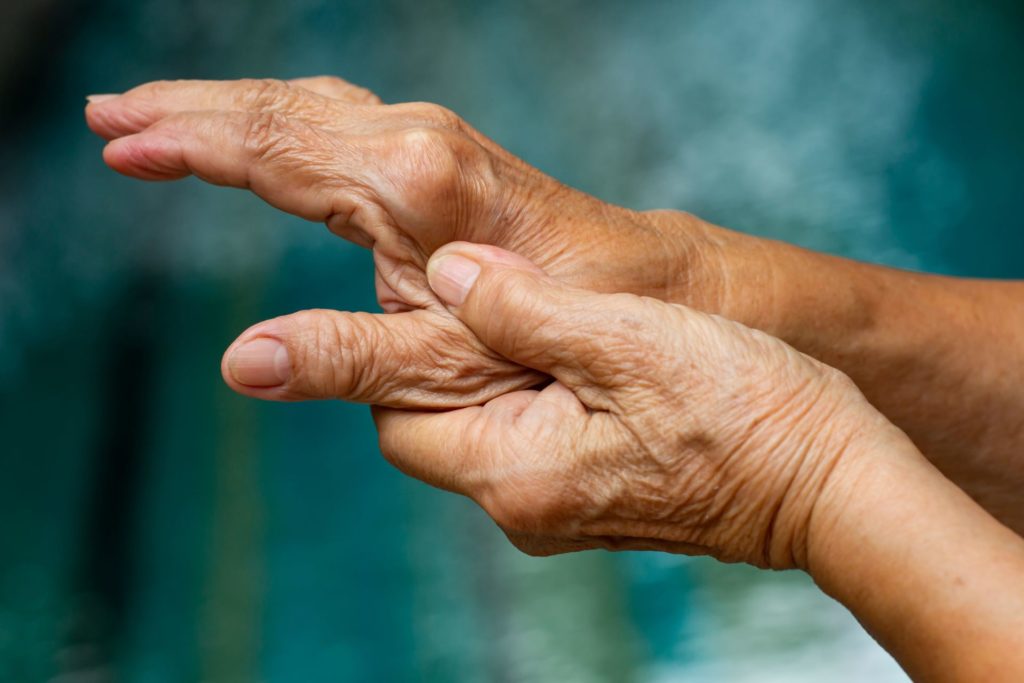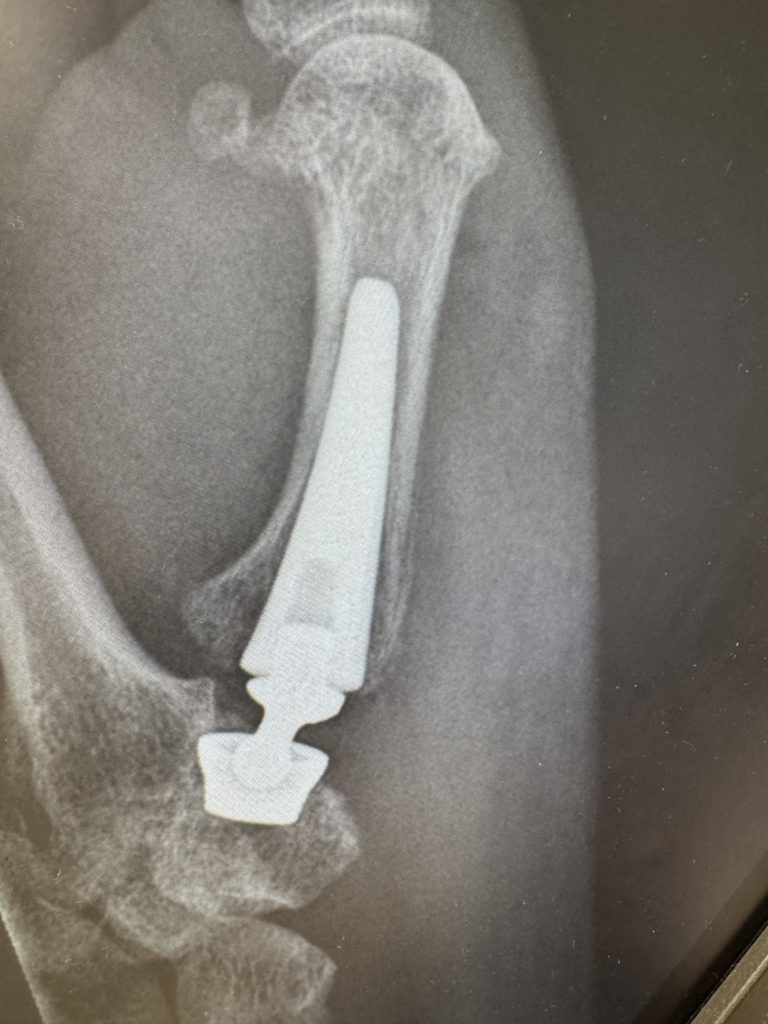If you suffer from severe arthritis in your hands, you’ll know how frustrating of a condition it can be. Not only does arthritis make daily tasks more difficult to manage but it leaves you in a great deal of discomfort and pain. So, what can be done to help?
Thumb CMC joint replacement surgery can successfully alleviate years of pain and symptoms linked to severe arthritis and other degenerative conditions that affect the basal joint of the thumb.
This blog will talk you through the role of the CMC joint, preparations for surgery, the surgical procedure and recovery times.
What is the CMC joint?
The CMC (carpometacarpal) joint is located at the base of the thumb where it joins to the trapezium bone of the wrist. Its saddle-like shape permits a wide range of motion and flexibility; essential for grasping, pinching and writing.
However, given its large responsibility for much of your hand movements and rotations, the joint is subject to large physical stresses throughout life. Osteoarthritis is considered the most common condition affecting the CMC joint, resulting in cartilage degeneration, joint instability, and progressive pain.
When is surgery required?
Due to its invasive nature and long recovery times, CMC joint replacement is typically considered after all non-invasive treatments such as physical therapy, splinting and steroid injections have been exhausted.
The ideal candidates for surgery are individuals who experience severe and persistent pain, loss of function, and joint deformity. In these circumstances, surgery is often the only viable option to restore hand functionality beyond what non-surgical intervention can offer.
Preoperative considerations and preparation
Once surgery is confirmed, you must attend a preoperative evaluation. At this stage, your hand surgeon will assess the severity of your condition, with a physical examination of the thumb to determine the best surgical approach. This assessment is integral to understanding the extent of motion and rotation, strength and pain levels. An X-ray scan would usually accompany this to look for cartilage damage and joint destruction, as well as rule out any potential complications.
Towards the end of your evaluation, you will also be guided through a preoperative plan. Usually, this includes pausing or stopping medication that might affect healing, such as blood thinners. Physical therapy leading up to surgery day is also highly recommended to strengthen the area around the thumb and minimise the length of recovery post-surgery. Most surgeons will also recommend that you arrange support in advance of post-operative recovery for daily activities such as cooking, cleaning and help with getting dressed, as the thumb will be immobilised for a short period.
The surgical procedure
Thumb CMC joint replacement surgery is typically performed under regional anaesthesia or general anaesthesia, depending on the complexity of the procedure.
Your surgeon will begin by making a small incision, approximately 3 cm wide, over the base of the thumb to make an access route to the CMC joint. Any damaged bone or arthritic cartilage will be removed at this point and depending on the severity, either be replaced with a prosthetic implant or reconstructed to stabilise the thumb.
The thumb joint replacement stem is placed into the metacarpal bone of the thumb. A small hemispherical socket is then created in the trapezium bone, and a cup is impacted into that socket, through which the ball of the implant sits.
The initial incision is then closed with sutures, and a plastic splint is applied to immobilise the thumb, preventing movement during recovery.
Postoperative recovery
The recovery process following surgery is usually straightforward and manageable, but will, of course, vary based on the procedure. Your surgeon will give you detailed instructions to follow for your safety and recovery.
Postoperative phase (1-2 weeks)
In the early stages of recovery, patients should focus on managing pain and swelling. Cold compresses or ice can help reduce swelling and pain medications can be prescribed to keep discomfort at bay.
Early mobilisation (3-6 weeks)
After the initial immobilisation period, you will be upgraded to a removable splint. To avoid stiffness and promote mobility, gentle motion exercises are recommenced. At this point, it’s advisable to begin physical therapy to help restore further movements and flexibility of the thumb joint.
Strengthening (2-4 months)
As healing progresses, more strengthening exercises will be introduced to rebuild muscle and strengthen the areas around the thumb and the wrist. These exercises, such as writing or handling objects focus on improving grip strength and hand function so that you can return to daily activities.
Long-Term Recovery and Outcomes
The long-term outcomes of thumb CMC joint replacement surgery are generally positive, with the majority of patients experiencing significant reductions in pain and improved functional outcomes. The success rate for these procedures remains high, with studies by Healthline suggesting success rates of 86% to 96% in relieving pain and restoring mobility in the vast majority of cases.
In the long term, patients frequently experience improvements in pain reduction, where patients will often report a significant reduction in chronic pain, resuming normal daily activities with minimal discomfort. As rehabilitation progresses, patients will typically see improvements in grip strength and thumb mobility, once again allowing them to perform previous tasks such as writing, typing or handling objects.
While most patients experience excellent outcomes, it is important to note that full recovery can take several months. The gradual process of rebuilding strength and regaining function ensures that the thumb joint remains stable and functional for many years.
If you’re suffering from chronic pain, or restricted movements get in contact with Ladan Hajipour to book a consultation.



